Haengbokan Kongiyagi (행복한콩이야기)
676.8M 118 2021-03-22
89-11, Supyo-ro, Jongno-gu, Seoul
+82-2-2274-2247
A hidden restaurant frequented by workers in Jongno. This restaurant's signature menu is bean sprout and rice soup. This Korean dishes restaurant is located in Jongno-gu, Seoul.
King Sejong Statue (세종대왕 동상)
678.6M 61398 2024-03-04
175, Sejong-daero, Jongno-gu, Seoul
+82-2-2133-7713
King Sejong Statue can be found at Seoul’s Gwanghawmun Square. The statue commemorates King Sejong the Great (1397-1450, reign 1418-1450), the fourth king of Joseon (1392-1897). He is thought to be the greatest king in Korean history, for he is credited with great developments in science and technology, expansion of Joseon’s territory, and the creation of the Korean script, [Hangeul]. King Sejong’s likeness can be found on the 10,000 won bill as well.
Cancelled: Gwanghwamun International Art Festival (광화문국제아트페스티벌)
678.6M 27191 2022-11-14
175, Sejong-daero, Jongno-gu, Seoul
• 1330 Travel Hotline: +82-2-1330 (Korean, English, Japanese, Chinese) • For more info: +82-2-723-9484~7
Gwanghwamun International Art Festival is designed to increase public knowledge and appreciation for the arts and culture. In addition to the art exhibitions, visitors will also be able to enjoy various performances and try different kinds of arts and crafts such as ceramics, silver handicrafts, leather handicrafts, and more. The festival is also making a continuous effort to deliver more exciting programs and activities for visitors' enjoyment.
Goldria - Jongno 3(sam)-ga Branch [Tax Refund Shop] (골드리아 종로3가)
678.7M 0 2024-04-19
1F, 50, Donhwamun-ro, Jongno-gu, Seoul
-
The Story of King Sejong (세종이야기)
679.8M 60717 2022-09-13
jiha 175, Sejong-daero, Jongno-gu, Seoul
+82-2-399-1000
The Story of King Sejong comprises six different sections with a total area of 3,200 square meters. The museum consists of exhibition zones, an event space, video room, shop and more to display King Sejong’s scientific, artistic, military, and political contributions, including the theory of Minbon, which recognized the people as the base of politics. King Sejong, the 4th king of the Joseon dynasty (1397-1450, reigning from 1418-1450) was responsible for some of the most brilliant achievements in the history of Korea, including the creation of Hangeul (Korean alphabet) and great advancements in the areas of science, culture, art and politics.
Moonlight Tour at Changdeokgung Palace (창덕궁 달빛기행)
681.2M 61619 2024-08-20
99 Yulgok-ro, Jongno-gu, Seoul
+82-1522-2295
The Moonlight Tour at Changdeokgung Palace is a high-quality cultural event held at Changdeokgung Palace, a UNESCO World Heritage. The tour offers a unique opportunity to witness and experience palatial beauty under the moonlight.
Donggwol Maru - Korea Cultural Heritage Foundation Branch [Tax Refund Shop] (한국문화재재단 동궐마루)
681.2M 0 2024-04-18
99, Yulgok-ro, Jongno-gu, Seoul
-
After Work 33 (에프터워크33)
686.3M 165 2021-03-19
21, Yulgok-ro 10-gil, Jongno-gu, Seoul
+82-70-4403-0033
Well-known for its charming garden and stylish interior design. The best menu at this restaurant is risotto. This is a Western cuisine located in Jongno, Seoul.
Gwanghwamun Gate (광화문)
688.7M 154064 2022-12-14
161, Sajik-ro, Jongno-gu, Seoul
+82-2-3700-3900
Built in 1395 under the reign of King Taejo, the first king of the Joseon dynasty, Gwanghwamun Gate is the southern gate of Gyeongbokgung Palace. It is also the main gate of the palace, therefore larger and fancier in comparison to the other gates. Gwanghwamun Gate consists of three arched gates; the center gate was used by the king, while the other two were used by the crown prince and royal officials. The tall granite walls of the gate serve as a platform for the wooden gate tower that watches over the city. The gate has a sign with its name written at the top center of the gate tower.
Gwanghwamun Gate went through several damages and restorations over the course of history. It was first severely damaged during the Imjin War (1592-1598) and was not restored until the reconstruction of Gyeongbokgung Palace in 1864. Under the Japanese administration, the gate was demolished and relocated to the north of the palace's eastern gate, followed by series of damages during the Korean War (1950-1953). In 1968, Gwanghwamun Gate was relocated back to the south of the palace and was rebuilt using concrete; however, the gate’s position was shifted a few meters away from its original location. In 2006, a major reconstruction project took place to restore Gwanghwamun Gate to its original state and location, disassembling the structure completely and replacing concrete with granite and wood. After three years and eight months of construction, Gwanghwamun Gate was fully restored to its original form and was open to the public on August 15, 2010.
Ktd Holdings - Jongno Branch [Tax Refund Shop] (케이티디홀딩스 종로)
690.7M 0 2024-04-17
1F, 20, Donhwamun-ro 5-gil, Jongno-gu, Seoul
-
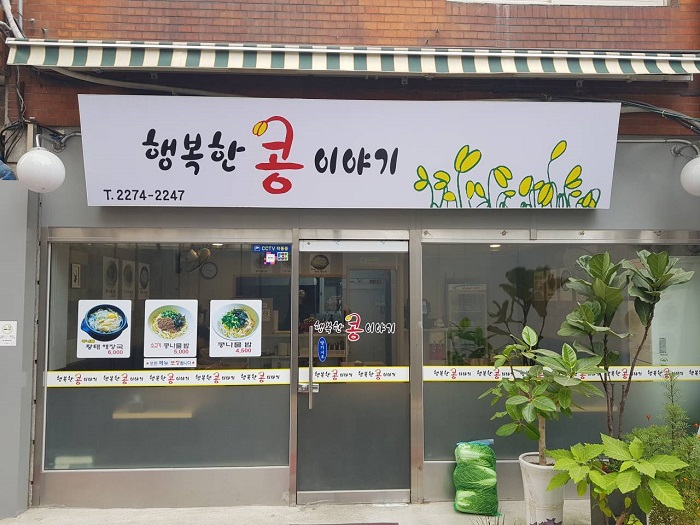
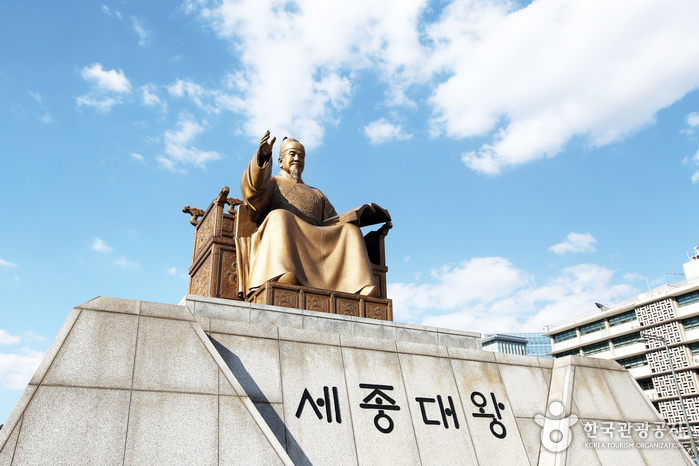
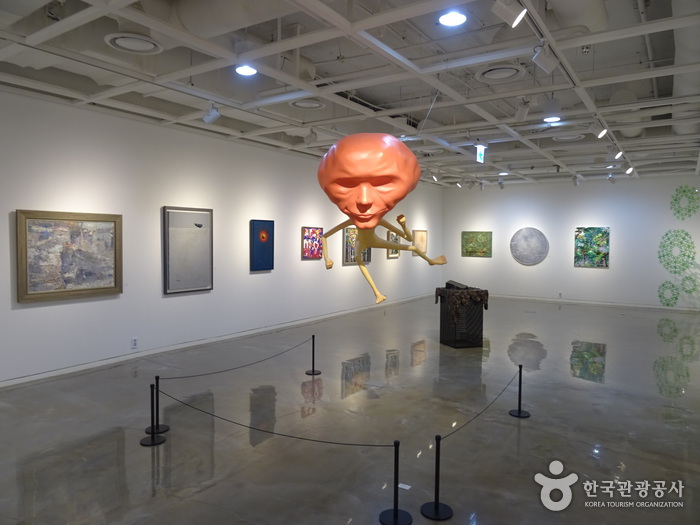

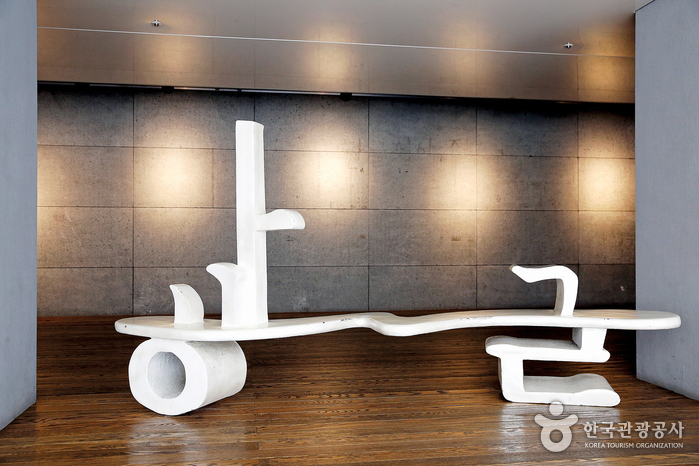
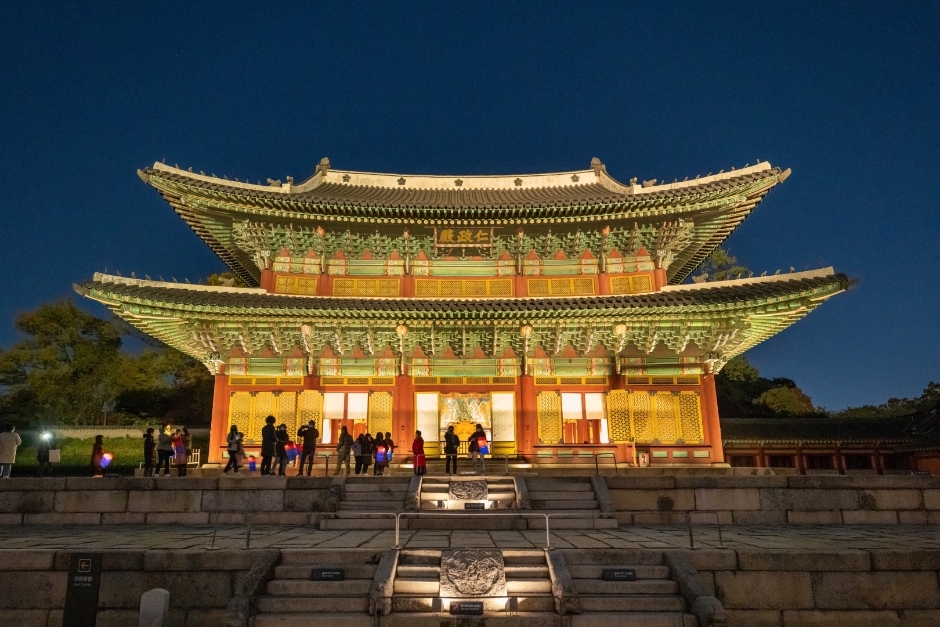
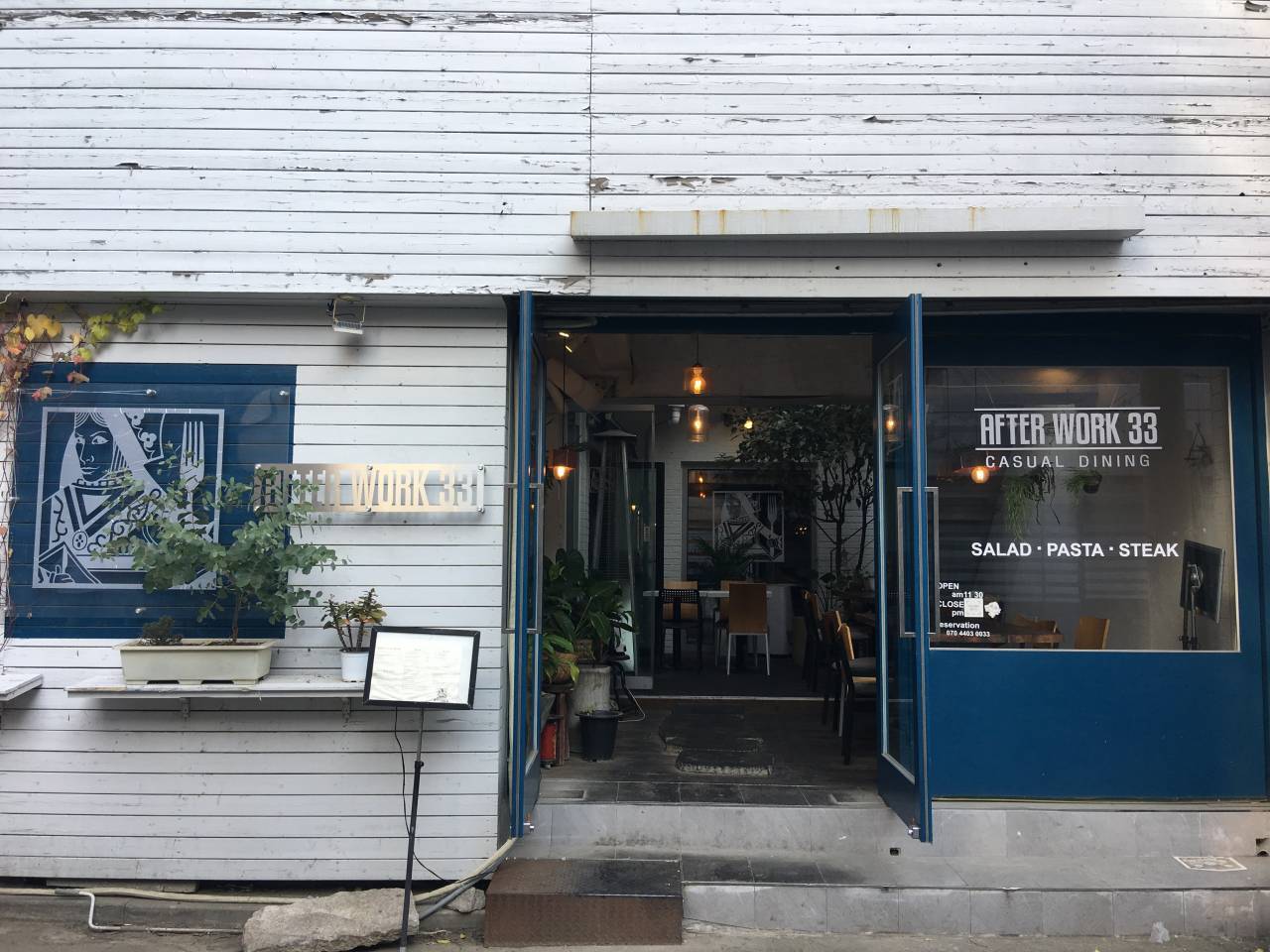
![Ktd Holdings - Jongno Branch [Tax Refund Shop] (케이티디홀딩스 종로)](http://tong.visitkorea.or.kr/cms/resource/93/2878193_image2_1.jpg)
 English
English
 한국어
한국어 日本語
日本語 中文(简体)
中文(简体) Deutsch
Deutsch Français
Français Español
Español Русский
Русский